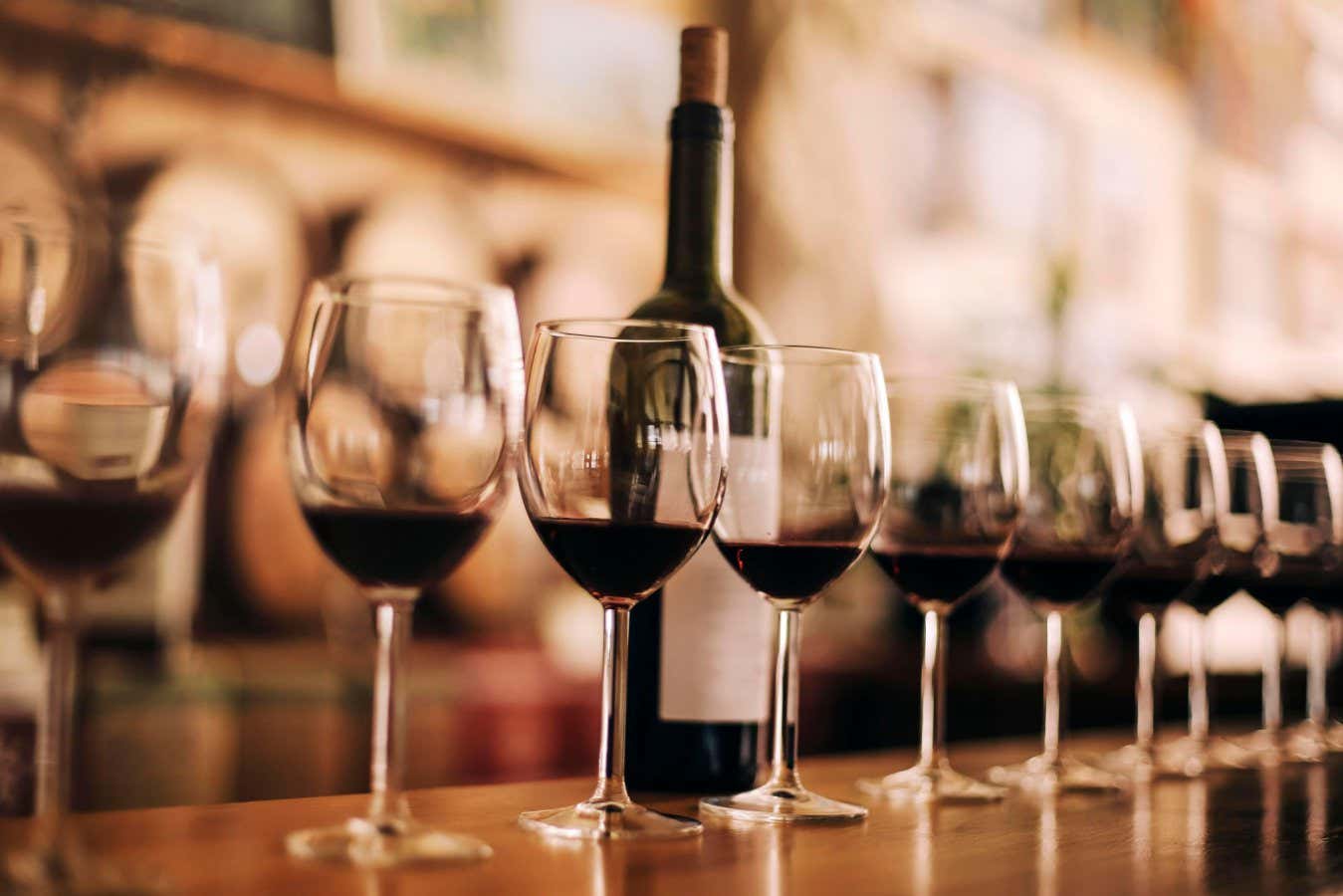A machine-learning algorithm was able to tell which estate 80 Bordeaux red wines came from with 100 per cent accuracy by assessing their chemical signatures
By Chris Simms
5 December 2023
Red wines from different Bordeaux estates have distinct chemical profiles
imageBROKER.com GmbH & Co. KG / Alamy
Wines really are given a distinct identity by the place where their grapes are grown and the wine is made, according to an analysis of red Bordeaux wines.
Alexandre Pouget at the University of Geneva, Switzerland, and his colleagues used machine learning to analyse the chemical composition of 80 red wines from 12 years between 1990 and 2007. All the wines came from seven wine estates in the Bordeaux region of France.
“We were interested in finding out whether there is a chemical signature that is specific to each of those chateaux that’s independent of vintage,” says Pouget, meaning one estate’s wines would have a very similar chemical profile, and therefore taste, year after year.
Advertisement
To do this, Pouget and his colleagues used a machine to vaporise each wine and separate it into its chemical components. This technique gave them a readout for each wine, called a chromatogram, with about 30,000 points representing different chemical compounds.
The researchers used 73 of the chromatograms to train a machine learning algorithm, along with data on the chateaux of origin and the year. Then they tested the algorithm on the seven chromatograms that had been held back.
They repeated the process 50 times, changing the wines used each time. The algorithm correctly guessed the chateau of origin 100 per cent of the time. “Not that many people in the world will be able to do this,” says Pouget. It was also about 50 per cent accurate at guessing the year when the wine was made.
